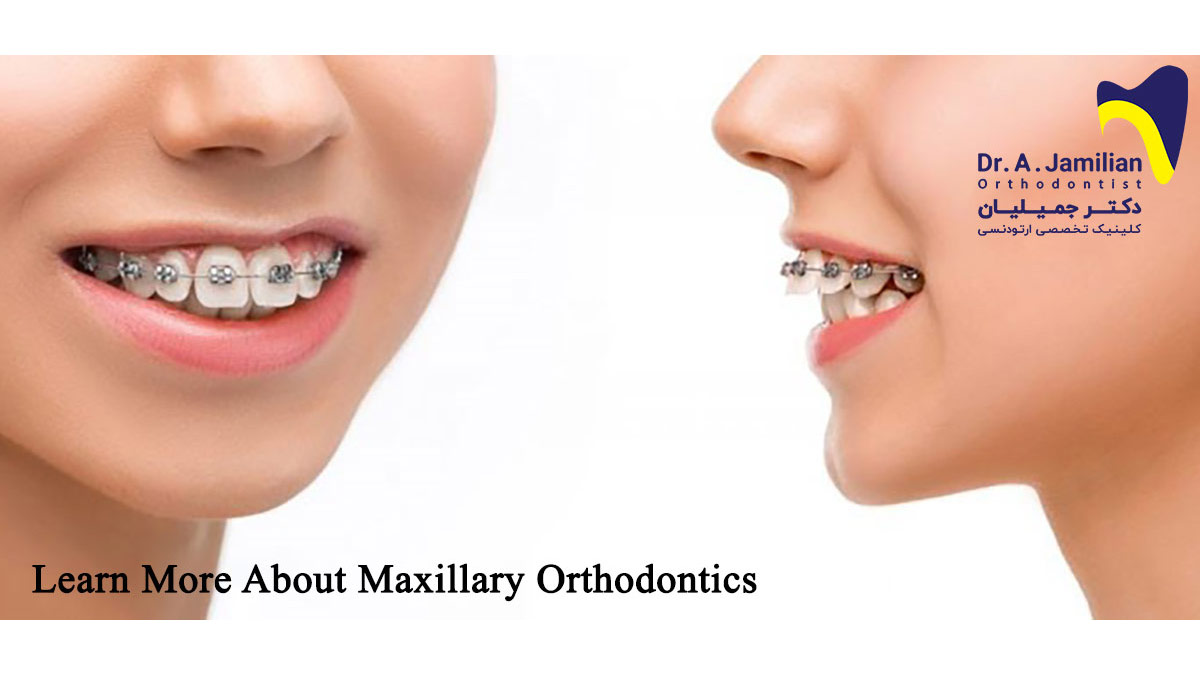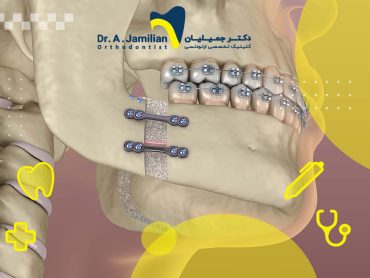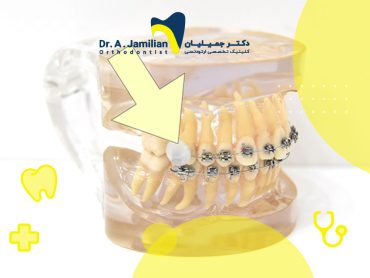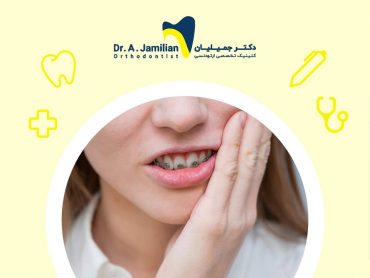Protruded maxilla is one of the most common abnormalities which can be treated through maxillary orthodontics.
Under normal conditions and in a normal anatomical position, the maxillary and mandibular molars should be completely on one another and overlap when the mouth is closed. When the maxilla is protruded or the mandible is retruded to the normal position, the posterior teeth do not overlap, a condition so-called overbite.
Factors affecting maxillary orthodontics
The main interfering factor in the need for maxillary orthodontic treatment is the genetics and congenital structure of the maxillofacial bones.
Moreover, deciduous teeth decay and premature loss, traumas, bad habits such as finger sucking, inflammation, and severe infections during eruption of permanent teeth, as well as poor oral hygiene are some of the environmental factors that can lead to a variety of malocclusions, including overbite, and thus to the need for maxillary orthodontics.
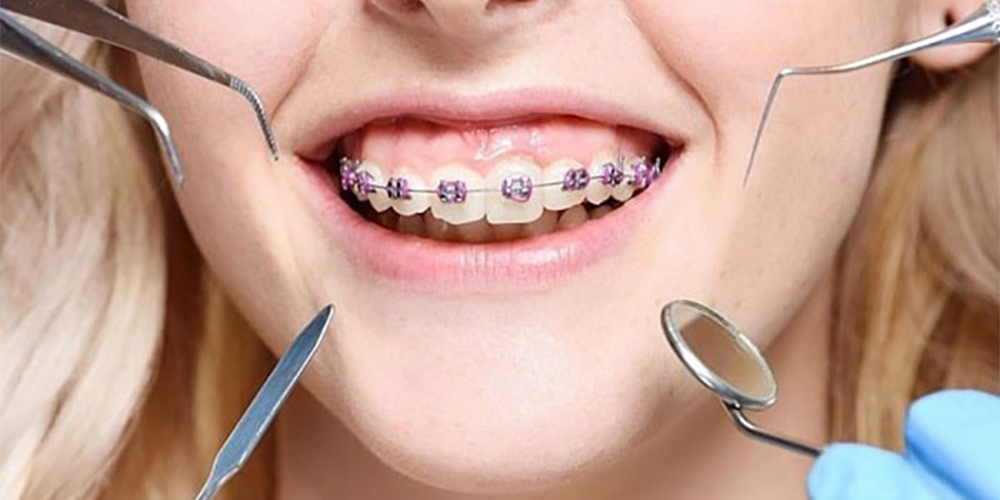
Orthodontic treatment of a single jaw
When mandibular retrusion is the main cause of malocclusion, maxillary and mandibular orthodontics or only the mandibular orthodontics may be required.
In addition, the patient may seek orthodontic treatment after being diagnosed with the need for maxillary and mandibular orthodontics or any other type of orthodontic treatment. In this case, the orthodontist can place the bracket only on the teeth of one jaw and, if further treatment is needed on the teeth of the other jaw. He/she can start the treatment of the other jaw after completion of the previous jaw treatment.
If the orthodontist intends to do orthodontics in both jaws, maxillary orthodontics is usually done first. The reason for this priority is the easier treatment of the mandible and the possibility of placing brackets and braces on the mandibular teeth without top-to-bottom impact.
Maxillary orthodontic treatment
The most important points in maxillary orthodontics and the results are the patient’s age and the complication severity.
Maxillary orthodontics is usually performed on young children using a headgear. A headgear is a removable device that attaches to the mouth from the outside. Treatment in this method depends on the cooperation of the child and the attention of his/her parents in observing the required using time of the headgear during the day.
It should be noted that Dr. Jamilian, an orthodontist, invented a small orthodontic appliance that is a suitable alternative to these large extraoral devices (headgear). This small device is easily placed inside the patient’s mouth and accelerates the healing process. This invention of Dr. Jamilian orthodontic appliance has been registered and approved in the United States.
In adult orthodontics, in cases of mild complication, maxillary orthodontic treatment is performed using fixed brackets, with or without the need for tooth extraction.
In case of severe maxillary protrusion, in addition to maxillary orthodontics, maxillofacial surgery is also considered necessary.
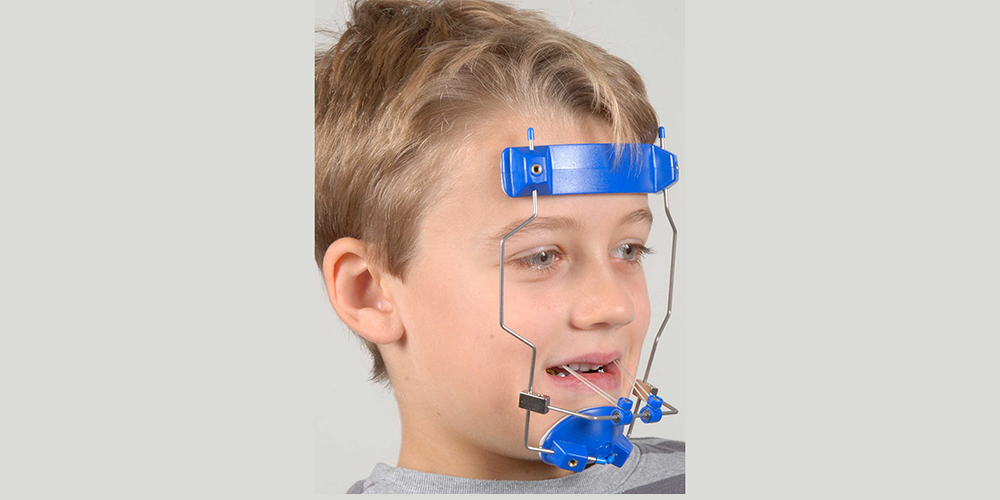
Cost of maxillary orthodontics
In most cases, maxillary orthodontics costs more than mandibular orthodontics due to the difficulty of the task.
However, the estimated treatment cost, whether for maxillary or mandibular orthodontics, depends on the type of treatment and brackets used for orthodontic treatment.
Fixed or removable orthodontics, Damon orthodontics, transparent orthodontics, lingual orthodontics, and invisible orthodontics, are among the methods that are done today using different brackets, each of which has a separate price, and using each for maxillary orthodontic treatment depends on the costs.
Note that the equipment used in the orthodontic centers and the severity of teeth conditions are also important factors affecting the cost of maxillary orthodontics or any other orthodontic treatment.
Moreover, if there is an impacted tooth or teeth in the maxilla, the price of maxillary orthodontics is usually a little higher because the work is more sensitive.
Important points in maxillary orthodontics
The overall model of the teeth is important in maxillary orthodontics or single-jaw orthodontics in general. The position of the teeth in the mandible should not be such as to cause the maxillary and mandibular teeth to collide improperly, thus interfering with the maxillary orthodontics.
In some cases, maxillary orthodontics alone can worsen the patient’s chewing condition because the maxillary and mandibular teeth may not make good contact with one another and a different chewing force may be applied, which can even damage maxillary orthodontics.
